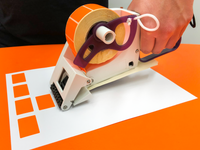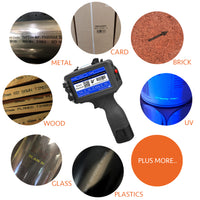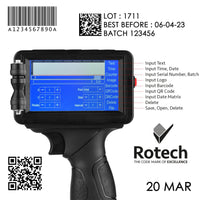Coding and marking can be defined as the process in which variable information – batch codes, date codes, etc. are applied onto packaging or products. It’s a process that is often seen as an essential, unavoidable part of the production process and nothing more.
However, there are benefits that applying codes and marks to packaging can bring to both consumers and manufacturers alike. Benefits which we will outline below.
Traceability
The serialisation of products simply helps to protect brands, manage the supply chain and aid efficient product recalls where necessary.
Serialisation also helps to provide reassurance to consumers that what they are buying is safe and genuine, resulting in a better overall buying experience.
Documentation of origin
Sustainability is a hot topic – more and more consumers are keen to know how their shopping habits and purchase choices can impact on the environment.
Knowing where a product or its packaging was sourced and whether it is sustainable, allows the consumer to make an informed buying decision which reflects their personal views.
Displaying this information clearly can be a really positive thing for brands, helping them to build trust and loyalty with their customer base. It can also set them apart from the competition, particularly those who are not as keen to share this information.
Buyer experience
Variable coding allows unique codes to be applied onto individual packs/products. When used well, these codes can help to boost brand loyalty and encourage consumers to interact with a product in a way that they wouldn’t normally.
For example, discount codes can prompt the buyer into submitting personal information which companies could use for market research purposes; to understand their buyers’ habits (where and when are they buying?) This valuable information can enable brands to tailor their sales strategies or marketing communications in line with any trends that they are seeing.
Anti-counterfeiting
Cosmetic and pharmaceutical manufacturers are often victims of counterfeiting.
By having the correct anti-counterfeiting coding and marking measures in place, the risk of fake products entering the market and being bought by consumers can be greatly reduced, if not eliminated completely.
Applying ‘invisible’ codes with UV ink is increasing in popularity. The addition of these codes being placed alongside standard date/batch codes gives the manufacturer an enhanced level of security for their products.
As these codes can only be seen under UV light, they can be positioned in various locations only known to the manufacturer, making it extremely difficult for fraudsters to copy – particularly if they print on different areas throughout the month (position relative to date of manufacture.)







